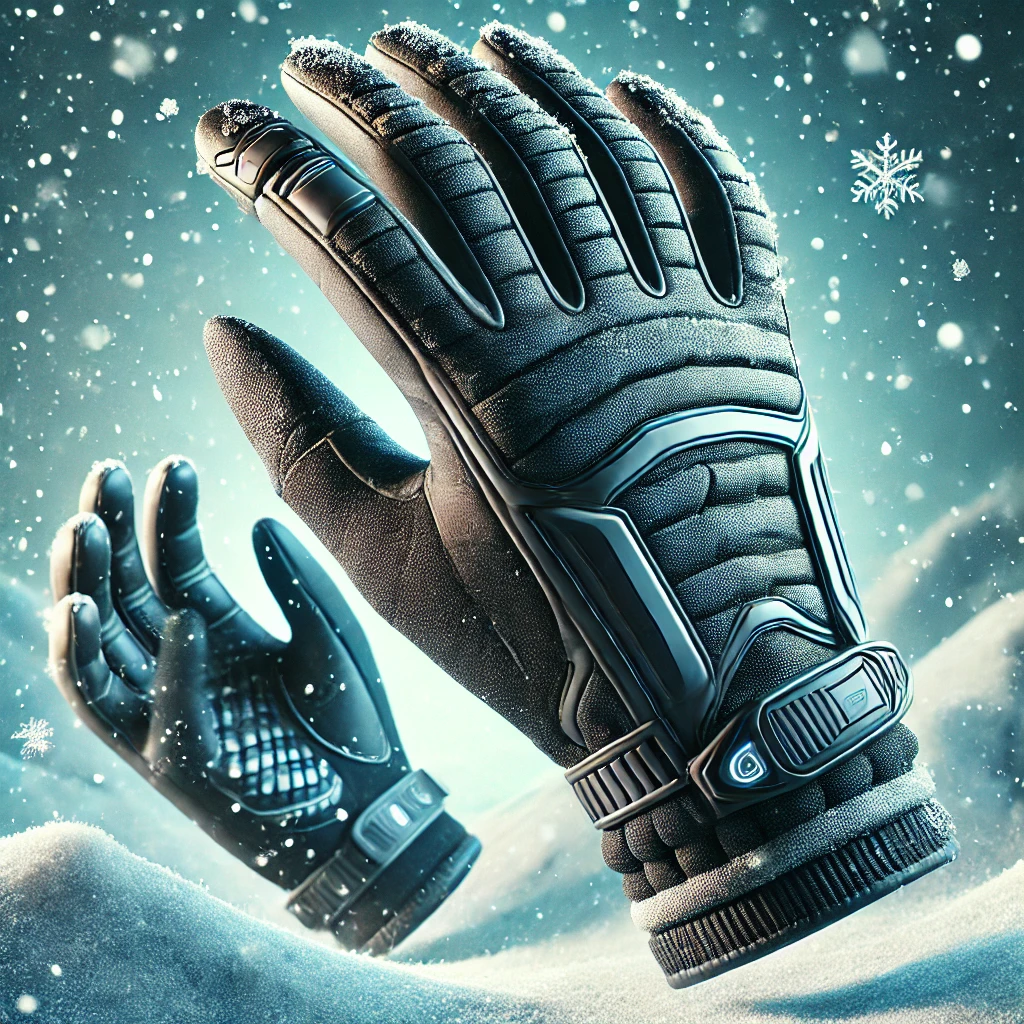Cycling during winter brings special difficulties that include maintaining warmer hands. Cold temperatures, wind and moisture make riding difficult except for people with excellent protective gear. A quality pair of winter cycling gloves stands as a vital cycling accessory during winter conditions. The gloves improve your bicycle handling while keeping your hands safe from extreme weather.
We will discuss each important feature of winter cycling gloves along with available models and suggest how to select the ideal pair for your needs. Mounted winter cycling gloves help every level of cyclist enjoy their winter riding session better.
You Need Quality Winter Gloves for Winter Cycling
The purpose of winter cycling gloves is to shield your hands from cold conditions without limiting your ability to grip and control your bike controls. Gloves meant for everyday uses lack essential features needed to shield cyclists from winter elements. Quality winter cycling gloves deliver several important advantages that you need.
Strong cold temperatures make your hands feel uncomfortable by becoming numb and create frostbite risks. Your hand functions better when wearing insulated gloves because they both warm and protect your hands.
- Textured glove palms create a better grip on handles that resists slipping especially when roads are wet.
- Many winter cycling gloves come with shell options that protect hands from water intrusion and letting cold wind through.
- High-quality gloves keep your fingers mobile while keeping you warm enough to perform all functional bike tasks.
- Wearable fabrics pull sweat away from your skin to keep the skin of your hands dry and pleasant while riding for long periods.
Selecting Winter Cycling Gloves Tips Based on Specific Attributes
To buy winter cycling gloves that keep you safe and warm look for these main features.
1. Insulation
Your hand warmth remains inside insulated gloves during winter riding. The most popular insulation choices for winter gloves consist of fleece, Thinsulate and PrimaLoft materials. Your selection of insulation needs to match the normal cold weather during your rides.
2. Waterproofing and Wind Resistance
Choose gloves with Gore-Tex or softshell materials to find ones that protect your hands from rain and wind. The design components stop wetness from breaking in while defending against cold drafts.
3. Grip and Padding
Textured palm or silicone grip on your gloves improves your control over the handlebars during cycling. The padding on these gloves includes gel and foam materials to help shield your hands from unwelcome vibrations and keep them feeling fresh.
4. Touchscreen Compatibility
Your touchscreen will work with gloves making smartphone and GPS use possible while remaining on your hands.
5. Cuff Length and Closure System
Gloves with long cuffs and adjustable fasteners maintain body heat inside by protecting against wind and cold draughts. Choose gloves designed with Velcro straps, elastic materials or drawstrings to achieve tight coverage around your hands.
6. Breathability
Special designed gloves allow sweat to escape through their design yet keep external cold away. Choose gloves with breathing technology or vents on their inner parts.
Types of Winter Cycling Gloves
Special riding gloves come ready to handle all winter conditions based on user needs. Knowing available glove types will guide you to select the perfect option.
1. Lightweight Gloves
These gloves protect you well from cold winds at pleasant temperatures yet permit full finger movements.
2. Midweight Gloves
Midweight winter gloves have enhanced insulation and sealing materials to shield your hands from cold and rain.
3. Heavyweight Gloves
Hardcore winter cyclists need both heavy insulation plus waterproof materials that block wintry weather elements.
4. Lobster Gloves
Lobster gloves split finger areas into two or three chambers to keep your hands warm without losing control of handlebars during biking.
5. Bar Mitts (Pogies)
These are protective coverings that fit over the handlebars to shield you completely from environmental elements so you can use thinner glove layers to keep your hands warm and easy to use.
How to Choose the Right Winter Cycling Gloves
- People need to select winter cycling gloves based on how cold their area gets and how they cycle. They also need to match glove features to their personal comfort needs. To find the right gloves determine these basic elements:
- Select gloves that offer ideal insulation to match your winter cycling temperatures. Gloves from certain brands include temperature ratings as buying criteria.
- Check Your Riding Environment Then Focus on Waterproof Gloves In windy conditions look for materials that shield your hands from the wind to prevent coldness.
- Tight gloves affect blood flow which reduces hand temperature. When your gloves are too loose they do not meet the basic insulation needs. Choose gloves that are well-fitted yet easy to wear.
- You need to verify if you can manage your brakes and gear change with the gloves on. The gloves feature hand bends to create a more comfortable grip.
- Additional features including touchscreen integration and reflective parts work to improve your overall cycling activities. A moisture-wicking liner improves product usability in various conditions.
Maintaining and Caring for Winter Cycling Gloves
- You should take care of your winter cycling gloves by following specific cleaning and drying methods.
- Regular care helps winter cycling gloves stay effective longer and performs like new. Follow these actions to take care of your gloves effectively.
- Wash your gloves by hand since automatic washing can harm them per product instructions. Hand wash with mild detergent and lukewarm water.
- When dry let your gloves hang undisturbed to ensure natural drying instead of placing them in a dryer.
- Use a waterproofing spray to bring back waterproofing if your gloves become less water-resistant.
- Keep gloves dry in storage and do not pack them tightly to keep insulation and form intact.
FAQs
1. What items make the best gloves for winter cycling?
Gore-Tex protects from water while PrimaLoft/Thinsulate keeps you warm and synthetic leather or silicone ensures better handhold.
2. Regular gloves probably won’t protect me from cold cycling temperature during winter months.
Ordinary gloves cannot protect cyclists from cold weather because they lack essential insulation and grip as well as the capability to keep hands dry. Buy winter cycling gloves made for their task.
3. What steps can I take to stop my hands from sweating within the glove structure?
Select gloves that breathe and have liners that pull sweat away from your skin while maintaining heat.
4. Choosing lobster gloves offers better hand protection than regular gloves do.
Lobster gloves keep more fingers together for warmth without limiting control of the brake and gear levers. They suit well for lowest winter temperatures.
5. What is the proper time to update my winter cycling gloves?
High-quality gloves stay usable for multiple winter seasons if you handle them correctly. You should replace the gloves if their insulation or waterproof protection becomes defective but they still function properly.
Conclusion
Winter cyclists must have proper gloves as part of their essential gear to handle cold temperatures. Picking the appropriate gloves lets you ride through winter conditions with effective control and defends against moisture and cold temperature. Your choice of gloves depends on which features like insulation, waterproofing, grip and fitting work best for you. Good winter cycling gloves bring better riding performance and keep your hands reliably cold-resistant during winter months.





